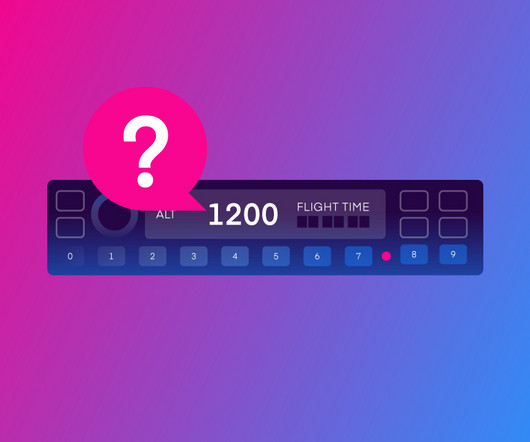Instrument Flying (IFR) FAQs – top questions this week
Flight Training Central
FEBRUARY 17, 2024
AIM 5-3-3 ) Change in the average true airspeed (at cruising altitude) when it varies by 5 percent or 10 knots (whichever is greater) from that filed in the flight plan. ( AIM 5-3-3 ) The time and altitude or flight level upon reaching a holding fix or point to which cleared. (











Let's personalize your content